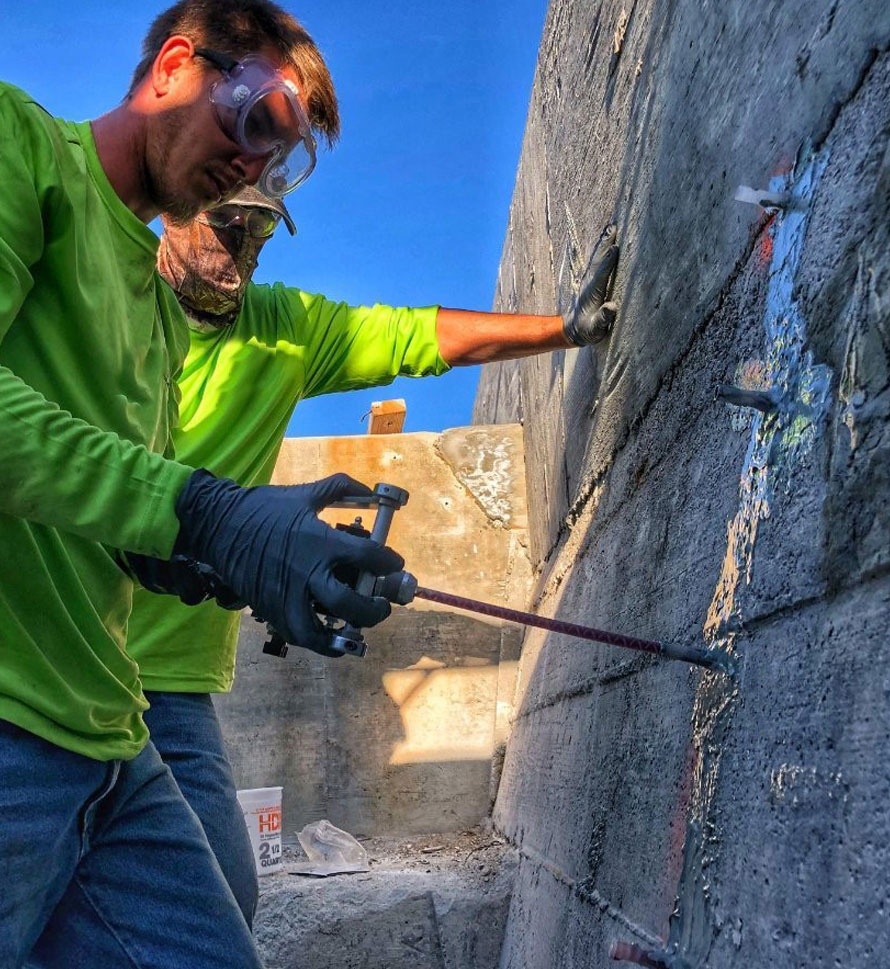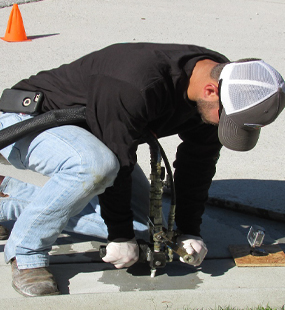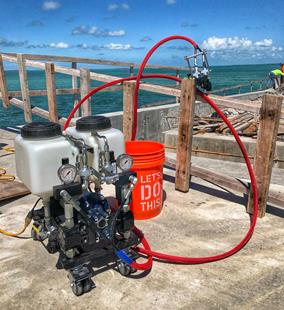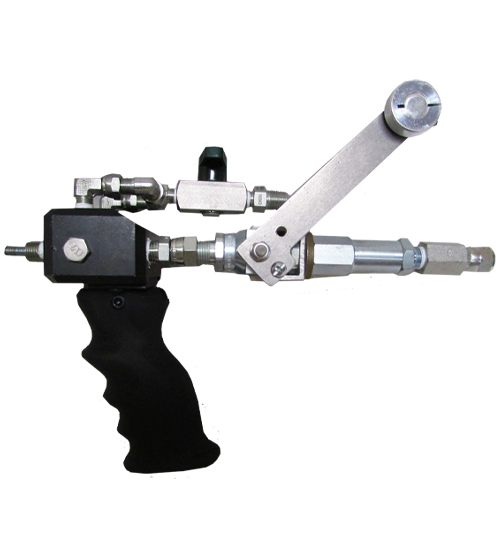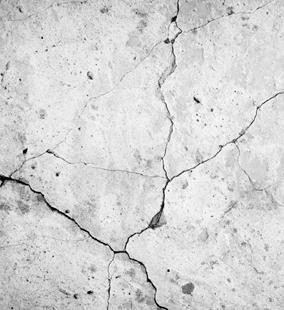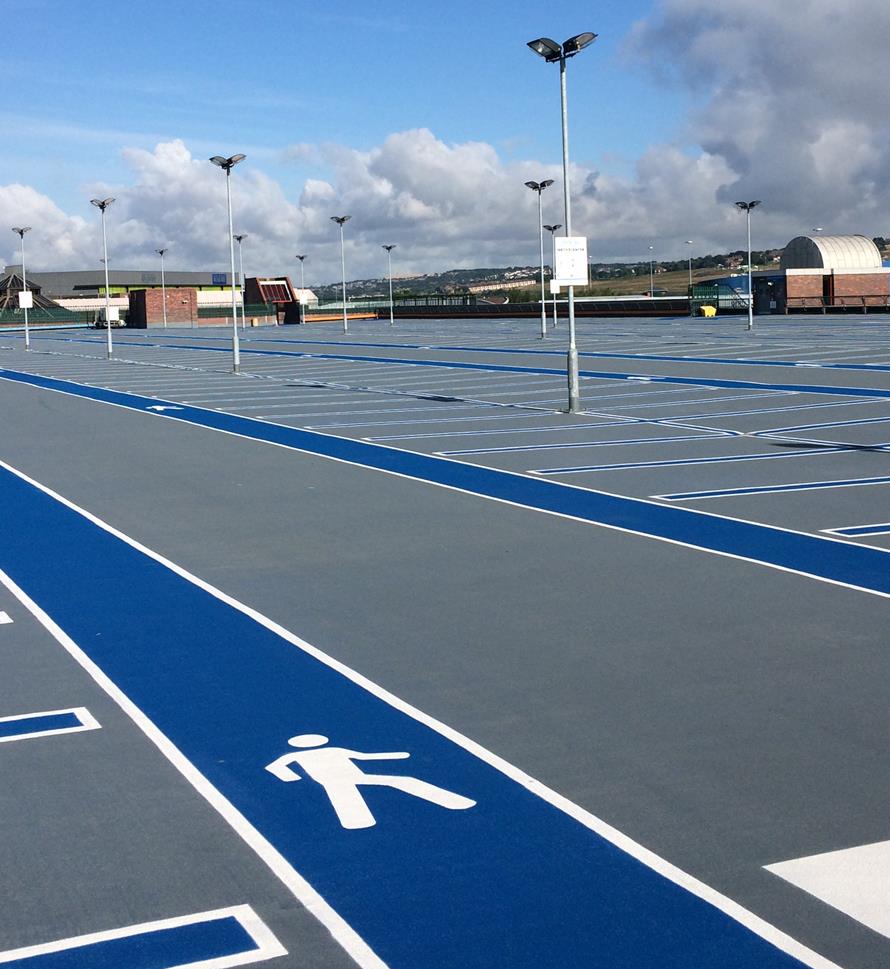
- Home
-
Solutions
-
Leak Seal
Seal leaks in concrete or masonry with crack injection and curtain grouting of our Prime Flex polyurethanes and AR acrylate resins. Prime Resins offers superior solutions for stopping leaks in every type of environment.
Read More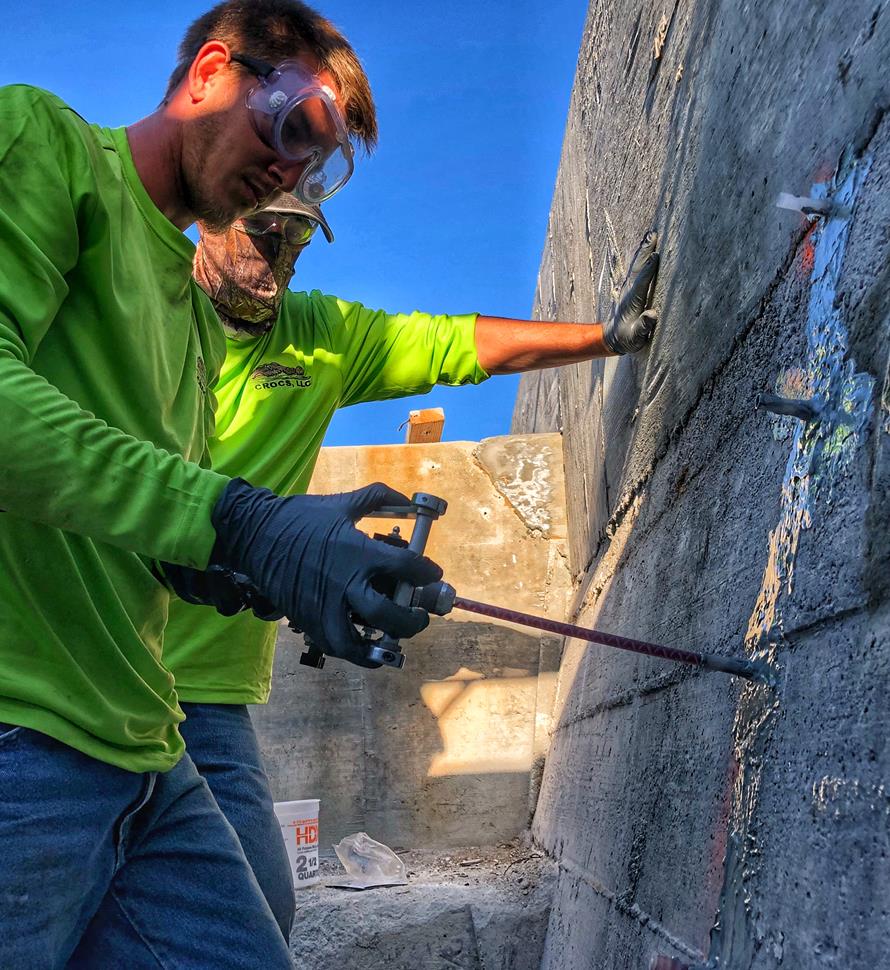
-
Soil Stabilization
Sound concrete relies on a sound substrate. Stabilize soils and fill voids with our polyurethane and acrylate foams and gels. We make chemical grouts for permeation and compaction grouting in wet and dry conditions.
Read More
-
Slab Lifting & Stabilization
Slab lifting and slab stabilization with polyurethane foams offers many advantages over traditional mudjacking. Only Precision Lift is engineered to tackle underlying issues and slab lifting with precise, dependable results.
Read More
-
Floor Repair & Joint Protection
Spalled concrete is concrete that is chipped, cracked and deteriorating. This often happens at a joint.
Read More
-
Seawall Repair
You can repair a seawall or bulkhead with Prime Resins chemical grouts: fill voids, stabilize loose soil and seal leaks at a fraction of the cost of wall replacement.
Read More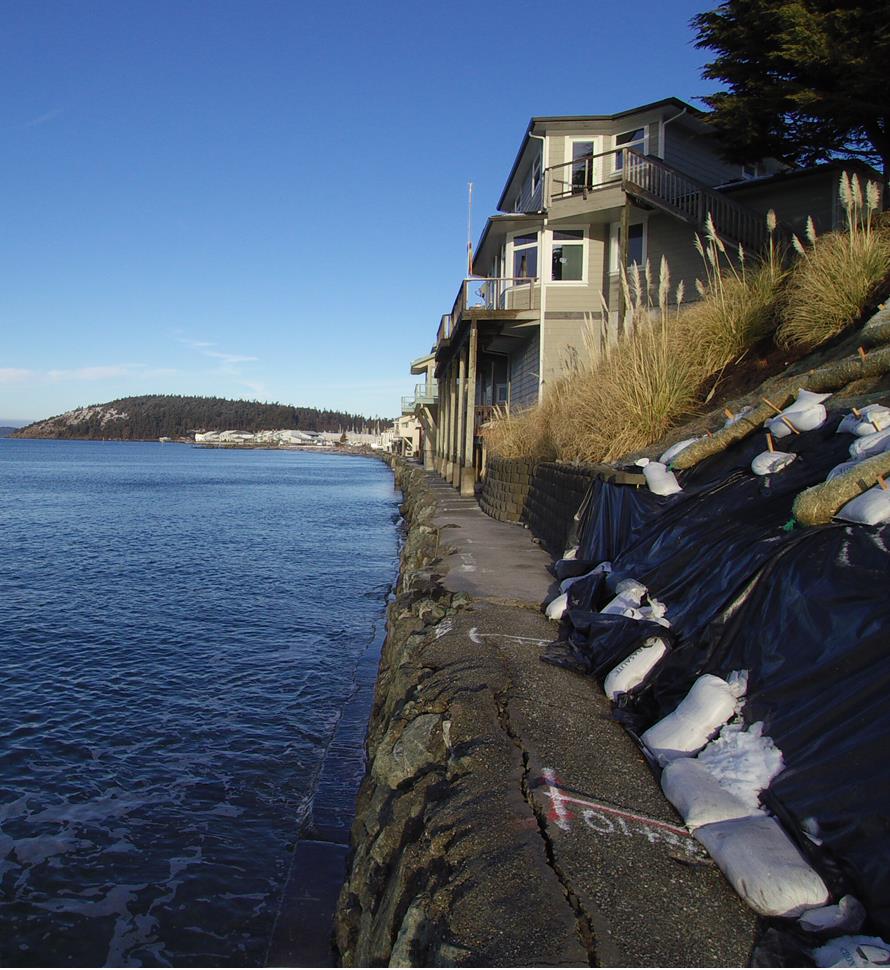
-
Structural Repair / Bonding & Anchoring
The need for crack repair in concrete structures can be caused by many different factors. Damage can occur to the concrete in situations where direct impact puts stress on one area of the structure.
Read More
-
Highway & Bridge
The geotechnical needs of DOTs and other agencies responsible for roads and bridges are vast. Issues include: Culvert repair Soil stabilization Void filling Concrete slab lifting Sinkhole remediation Slope control Slough control in tunneling
Read More
-
Waterproofing & Secondary Containment
Protecting concrete usually means shielding it from the elements of nature or from harsh manmade chemicals. But it’s not just concrete that needs such protection. Corrugated metal pipe, steel surfaces, material hoppers, rail cars and masonry all can come in contact with corrosive or abrasive materials or harsh conditions.
Read More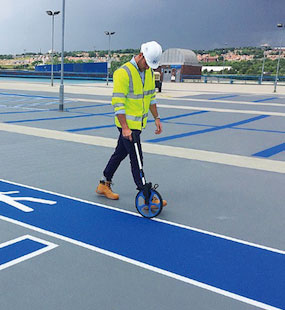
-
Leak Seal
-
Products
- Leak Repair
-
Soil Improvement
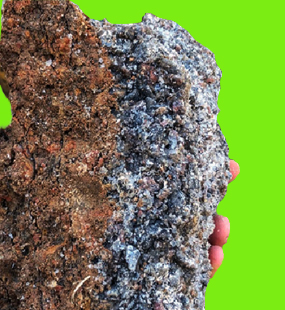
- Soil Stabilization
- Slab Lifting
- Structural Repair / Bonding & Anchoring
- Pumps
- Dispense Guns & Applicators
-
Turnkey Trailer Rig
Are you ready to hit the ground running doing concrete leveling with polyurethane foam? Prime Resins offers the industry’s best suite of products for lifting concrete as a turnkey, fully equipped trailer rig.
Read More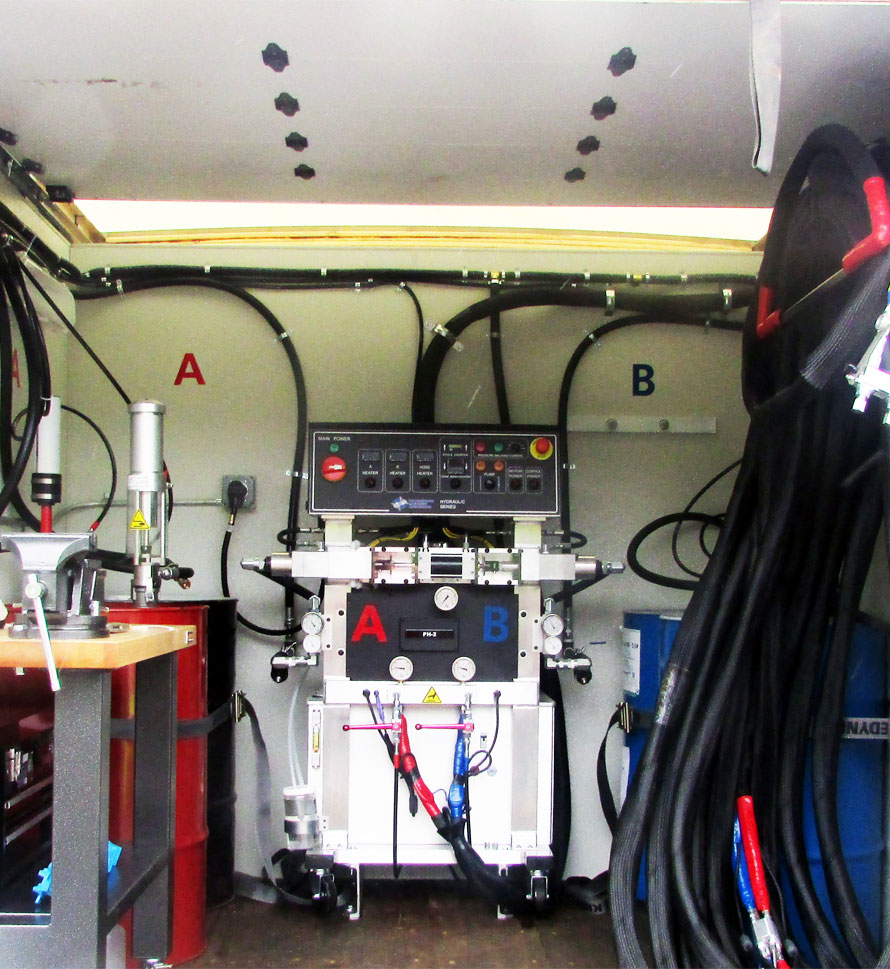
-
Accessories (General)
- 3/4" expendable drive point
- 3/8" and 3/4" soil probes
- Cartridge / Port Connectors and Mixers
- Conduit Seal Kit
- Eco Flush
- F Valve
- Flush Wand
- Grout Needle Kit
- High Pressure Control Valve
- High Pressure Mechanical Ports
- Kick Fast
- Low Pressure Plastic Ports
- PR11 TEA (used w/ PR10 ACLM)
- PR12 APSF catalyst (used w/ PR10 ACLM)
- PR17 LYTX
- Prime Kat
- Prime Plug
- Prime Solvent CGC
- Oakum
- Soil pipe jack
- Stainless Steel Grout Needle & Kit
- StainShield
- Wall Stinger Nozzle
-
Soil Grouting Accessories
- Pipe Coupler
- Pipe Coupler Ferrule
- Buttonhead Coupler - Straight
- Buttonhead Fittings
- SG 3/4" Expendable Drive Tip
- SG 3/4 Rod - 39" Base
- SG 3/4 Rod - 39" Connector
- SG 3/4 Rod - 19.5" Base
- SG 3/4 Rod - 19.5" Connector
- SG 3/4 Fitting - Pipe to Buttonhead
- SG 3/4 Fitting - Buttonhead Fitting
- IL 1/2" Drive Point
- IL 1/2" rod - 39" base
- IL 1/2" rod - 39" connector
- IL 1/2" Fitting Buttonhead
- SG 3/4" Fitting - Buttonhead Coupler
- SG 3/4" Slotted Drive Tip
- SG 3/4 Drive Head
- Modified Pipe Jack Soil Grouting
- SG 3/4 Fitting - Buttonhead Coupler
- Pagani DPM30 Penetrometer
- IL 1/2" Fitting - Buttonhead to Connector Rod
- IL 1/2" Rod to Rod Coupler Fitting
- High Pressure Flow Control Valve
- Buttonhead Coupler - 90°
- Buttonhead Clamp Kit
- DPM30 Penetrometers
- Floor & Joint Repair
- Waterproofing & Secondary Containment
- News
- Downloads
-
Tools
-
Case Studies
Prime Resins takes pride in its ability to find the right solutions to the problems facing our customers. Here are some examples of customers’ successful jobs:
Read More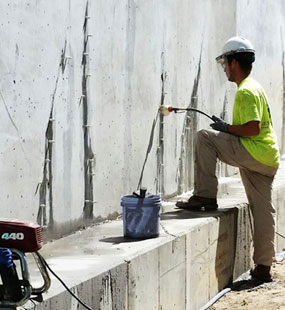
-
Prime Practices
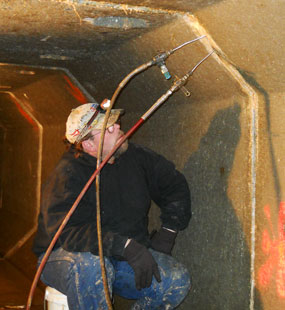
-
Videos

-
Estimating Tools & Info.
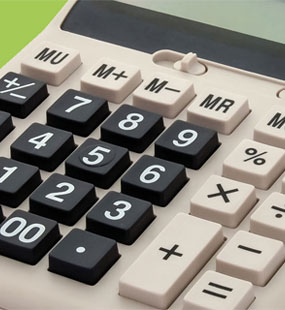
-
Why us?
The superior quality of products at a fair price, our consultative approach, and our unparalleled technical support set Prime Resins apart. Learn more about the Prime difference.
Read More
-
Product Types & Typical Uses
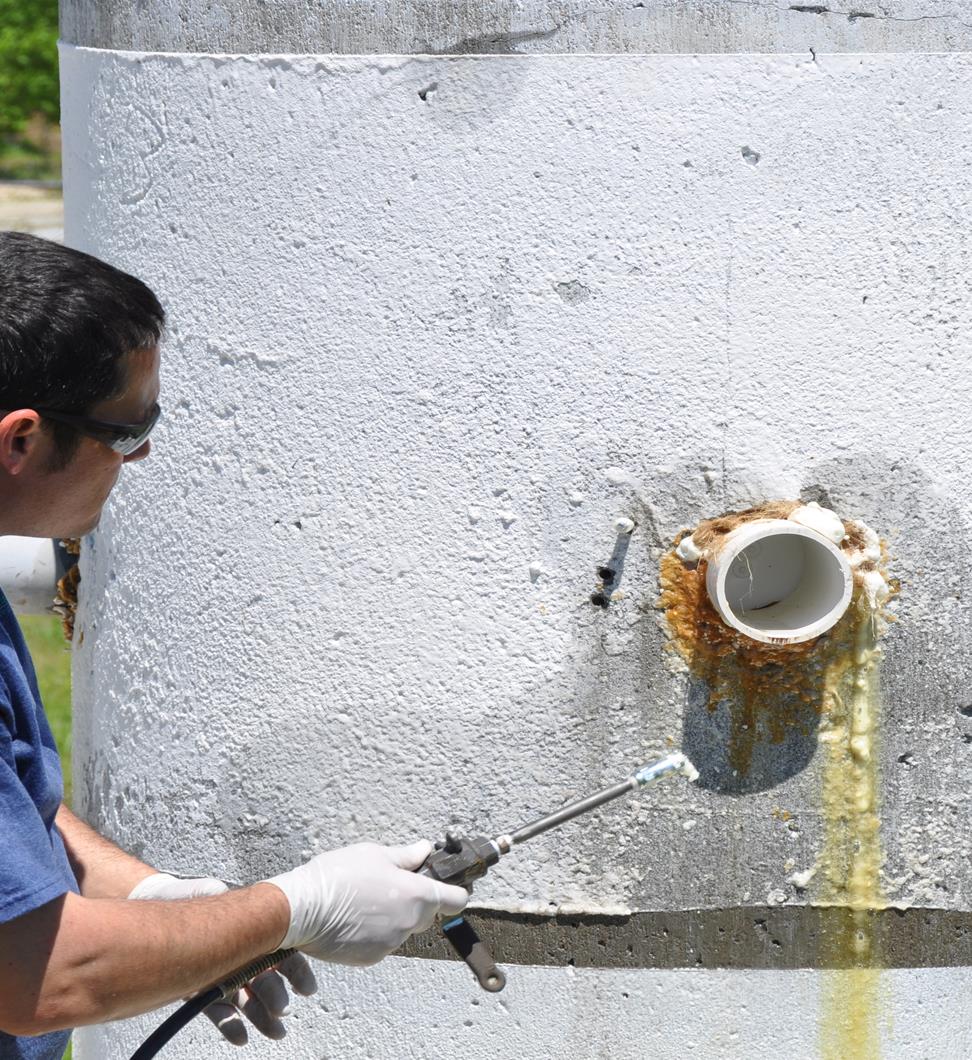
-
Looking for a contractor?
-
Certifications
-
Case Studies
- Contact
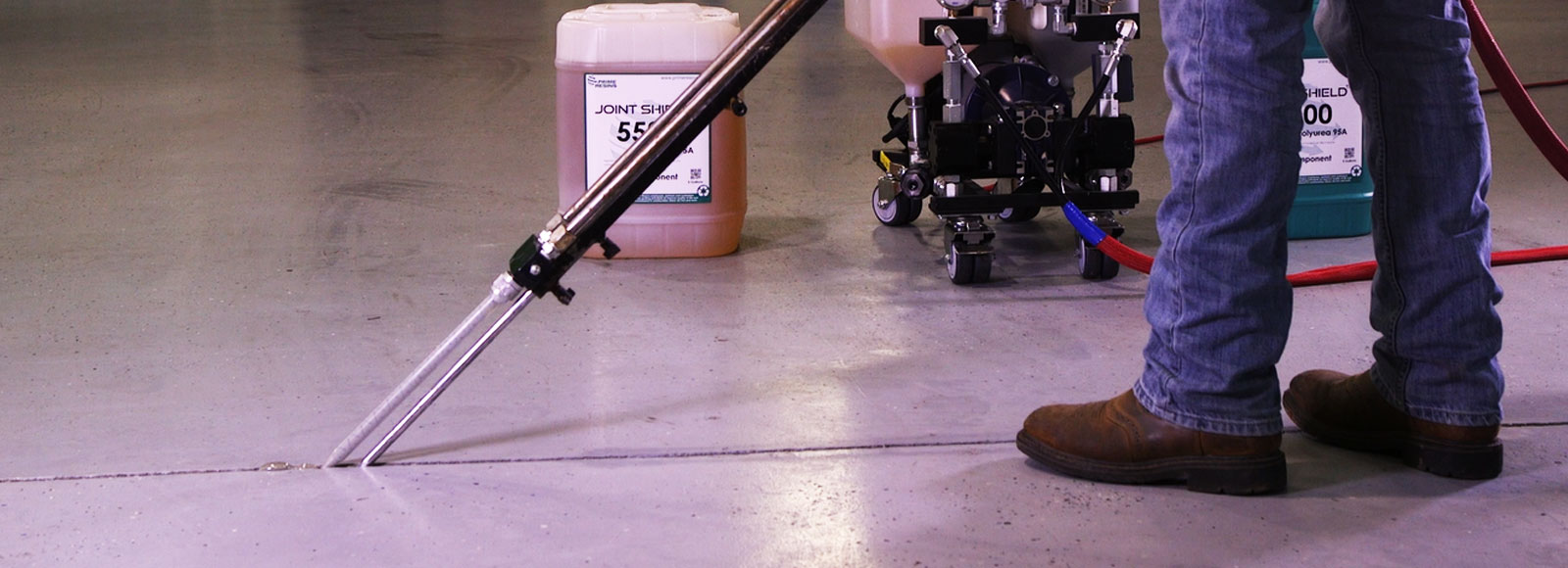
Prime Practices
Repairing Spalls and Chips in Concrete Floors with Floor Fix (urethane)
Scope of Work: Repairing damaged warehouse, manufacturing, commercial floors.
Problem: Damaged and unrepaired floors can cause harm to equipment, products and add to worker fatigue. They also reduce the value of the building and can lead to more costly repairs later. A fast setting material is preferred to get a floor back into service providing minimal interruption to the tenant. Cooler and freezer buildings will require the use of a fast setting material.
Steps:
Surface Preparation
- Mark out area to be repaired.
- Remove damaged concrete, dirt and debris from repair area. Clean, sound concrete is critical for a successful repair.
- Saw cut all perimeter edges to vertical, do not use “v” blades. Minimum edge (perimeter) patch thickness is 1/4” – do not feather edge repair material.
- Use chipping hammer to somewhat level floor or bottom of patch.
- Use vacuum to remove all dust from demolition.
- If rebar or wire mesh is encountered, clean steel and remove concrete by minimum of 1/4” to allow repair mortar to get underneath.
Application
- Once clean, sound and dry, prime repair area with neat mixed resin: mix small amount of component “A” and “B” and coat all surfaces within repair with paintbrush.
- Once primer has been applied, mix up additional resin and hardener based on area to be repaired. Mix with low speed drill and jiffy mixer for 20 – 30 seconds in a clean, dry pail.
- Quickly add up to 2 to 2.5 parts by volume oven-dried sand and mix for 30 – 45 seconds leaving no dry sand pockets.
- Once mixed you have 2-3 minutes to get mortar where you want it.
- Quickly place material into spalled area and trowel smooth with surrounding floor. Do not overwork – place it, level it, leave it alone. It will turn gray as it hardens.
NOTE: Floor Fix is moisture-sensitive. If concrete or sand is wet, it will make the mortar swell. If this occurs, wait 10 – 15 minutes and grind cured mortar back flush with surrounding concrete.
Safety Considerations:
- Carefully read SDS prior to handling any chemical.
- Always wear safety goggles when drilling, grinding, flushing, injecting or handling resins.
- Always wear protective clothing, chemical resistant gloves and safety goggles at all times when handling resins.
- Make sure no loose clothing can come into contact with moving mechanical equipment.
- Keep first aid kit (eye wash, bandages, etc.) present on site with easy access.
Materials List:
- Floor Fix
2. Oven-dried silica sand
3. Cleaning solvent for tools
4. Disposable paintbrushes for primer coat
5. Plastic sheeting (to protect floors in mixing area) - Several clean dry pails for mixing
7. Trowels
8. Rags
9. Gloves
10. Wooden paint sticks (for mixing primer)
11. Small plastic mixing container/cup (for mixing primer in)
Equipment List:
Concrete saw (preferably dustless)
Grinder with diamond blade or chipping hammer with chisel bit (preferably dustless)
Electric cords
Shop vac
1⁄2 – 3⁄4 hp drill
Jiffy type mixing paddle



